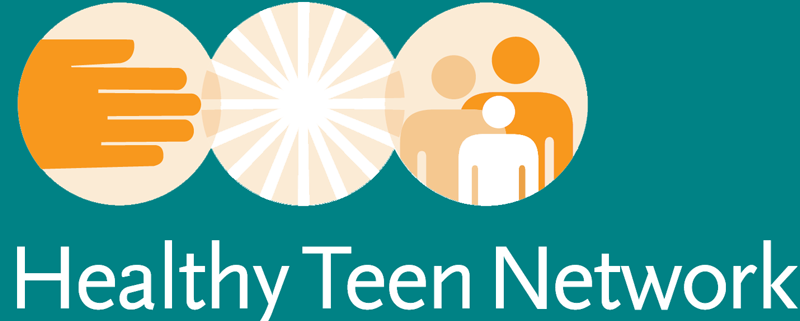Whether you are designing a new, innovative program or service from scratch or implementing an existing program or service, it’s important to use effective methods—or evidence-based approaches (or, science-based, research-based)—to ensure you reach your desired outcomes. A step-by-step systematic framework can help you no matter what stage you are in, be it design, planning, development, research, implementation, evaluation, or sustaining. For Healthy Teen Network, an important component of this step-by-step framework is also to apply a human-centered approach.
Notice: Undefined index: desc in /var/www/html/wp-content/themes/JointsWP-CSS-master/tag.php on line 36
Notice: Undefined index: asc in /var/www/html/wp-content/themes/JointsWP-CSS-master/tag.php on line 38
Sort By Date |
Sort By Title
Another Chance: Preventing Additional Births to Teen Mothers
May 5, 2004
This report by Lorraine Klerman, DrPH, summarizes what is known about additional births to teen mothers, the dimensions of the problem, the factors that seem to increase the chances of such births occurring to teen mothers, their consequences, and the potential for prevention. The primary focus of the 49-page report is a critical review and…
Read moreAssess
October 4, 2016
Assess What problem do you want to focus on? Before getting started, get to know the population you’d like to serve. If you already know them, document it with facts, figures, and data you collect. You can’t find a true solution if you aren’t addressing the real needs of the population and the circumstances that…
Read moreBDI Logic Model for Working with Young Families Resource Kit
October 8, 2014
In response to a need voiced by professionals working with young families, Healthy Teen Network designed a Behavior-Determinant-Intervention (BDI) Logic Model for Working with Young Families in collaboration with various professionals in the field.
Read moreBuilding Support for Sex Education in Schools
September 11, 2018

Capacities
October 4, 2016
Capacities What capacities are needed to implement the program or best practices? With your short list of possible interventions, compare what these programs require in terms of resources, staff time, funds, etc., and what you organization has to offer. Anywhere you identify gaps, decide it makes sense to build those capacities to do that intervention.…
Read moreCase Studies: What Does It Take to Implement Quality Sexual Health Education?
May 24, 2018

In 2013, the Division of Adolescent School Health at the Centers for Disease Control and Prevention (CDC DASH) awarded 17 Local Education Agencies (LEA) funding to strengthen sexual health education in their schools, as part of their efforts to reduce HIV and other STI. Funded partners were charged with providing guidance, materials and professional development…
Read moreConference
July 3, 2016
Read more
Doing It Is Essential & Here’s Why…
May 17, 2016
Pssst! I gotta ask you something….come closer….a little closer. Okay, good. Do you do it? C’mon, be honest. Do you do it as much as you should? Do you do it every single time? I bet you are no different than everyone else. You say you’re going to do, you even block time in your…
Read moreEngaging Community
October 4, 2016

Collaborating to Leverage Funding & Resources: A Strategic Plan to Reduce Teen Births in Baltimore City Healthy Teen Network partnered with the Baltimore City Health Department (BCHD) and the Johns Hopkins Urban Health Institute and Center for Adolescent Health to develop a city-wide strategic plan to reduce teen births in Baltimore city. This collaboration generated…
Read moreEvaluate
Evaluate Was the program successful in achieving the desired results? This is your chance to see if the program you implemented, met the desired goals you set forth. Now ask yourself, how well is the program working? And what can I do to continuously improve it? Look for changes in knowledge, skills, attitudes, and behaviors…
Read more
